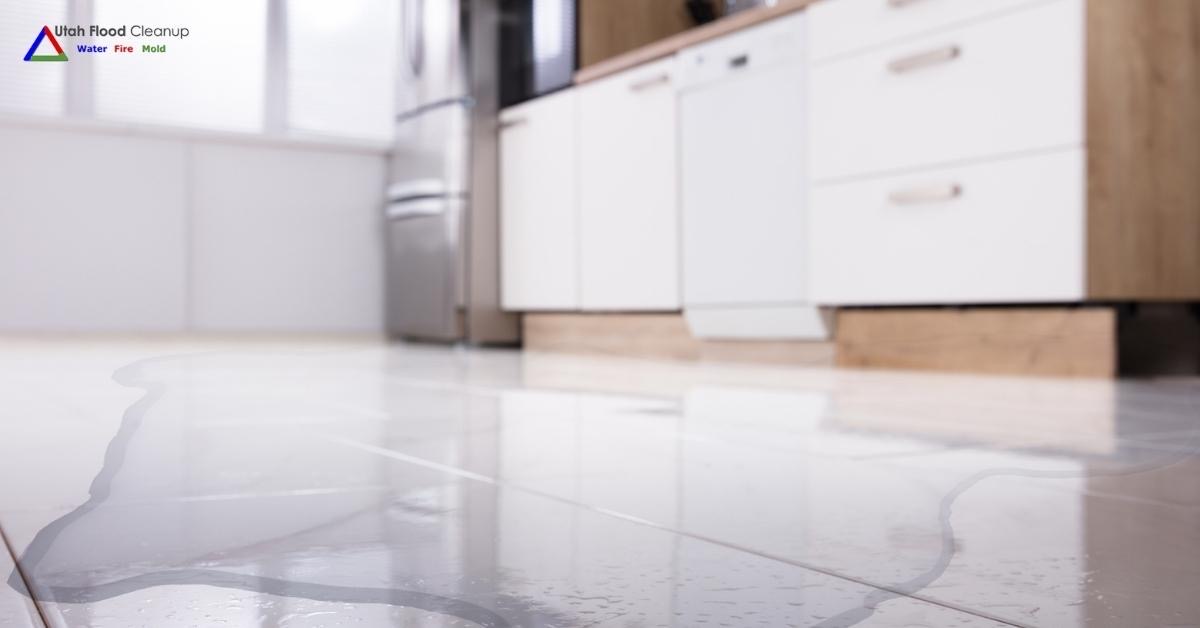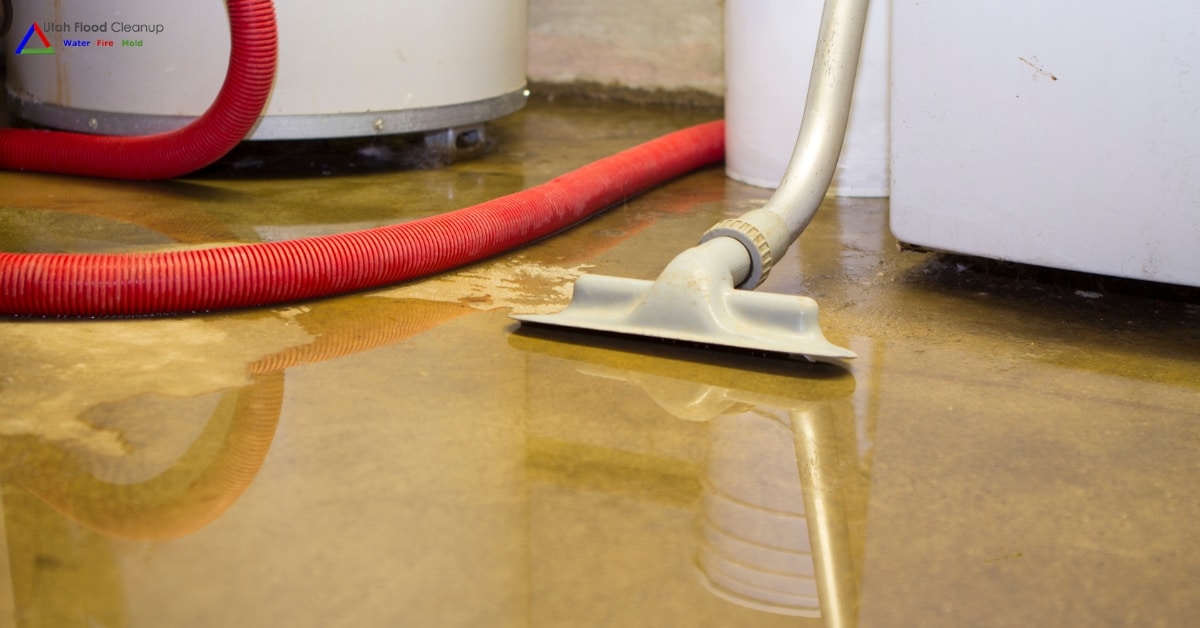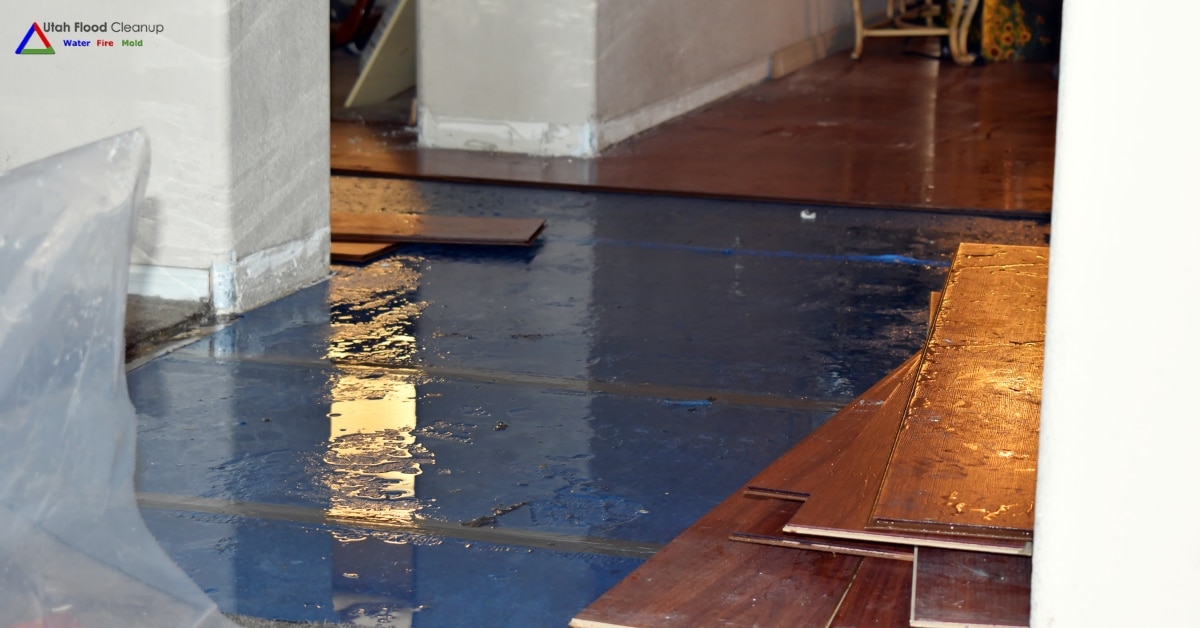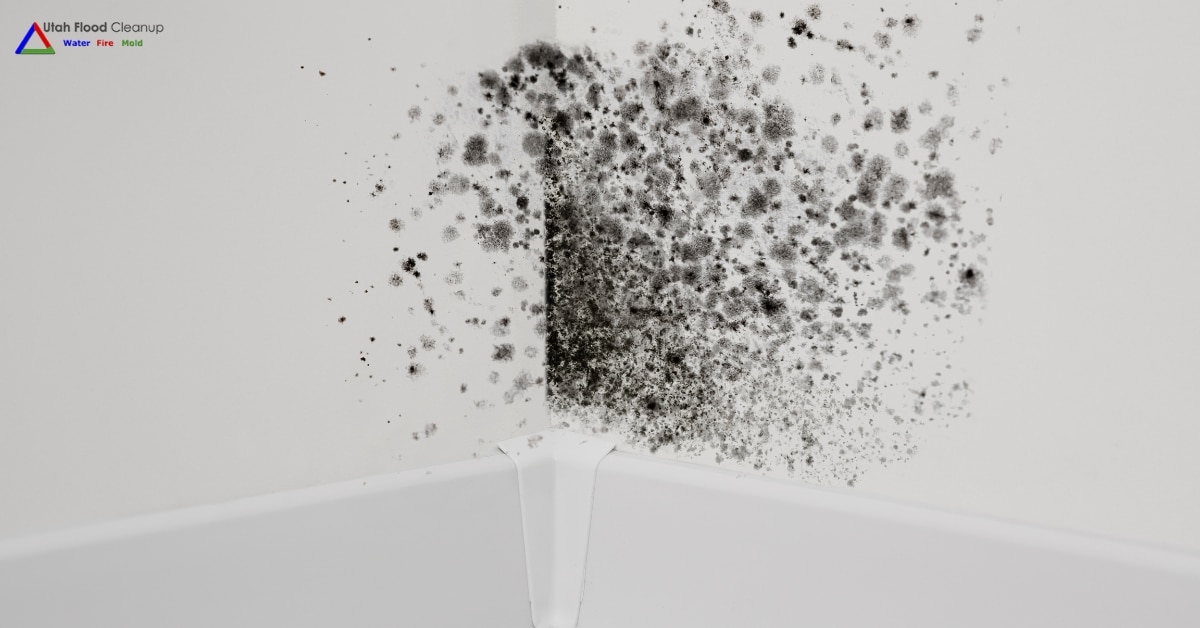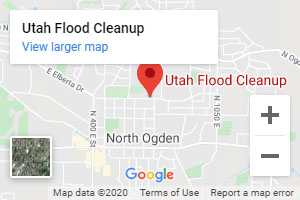If you have a dishwasher leaking underneath, check the possible causes discussed below. You may be able to correct these instead of buying a new machine or having an expensive repair. This list includes some of the most common types of problems causing dishwasher leaks and the essential solutions.
Review this list and check your owner’s manual, manufacturer’s website, and other research sources on your specific dishwasher model for additional tips and information.
Why is My Dishwasher Leaking?
If your dishwasher is leaking, one of the solutions suggested here might be all you need to stop the leaking and avoid an expensive repair. Do not allow ongoing leaks from your dishwasher or other appliances. These can lead to structural damage or mold infestation.
First: Turn off the dishwasher and the circuit breaker that allows electricity to the unit before starting any work on your dishwasher, and turn off the water shut-off valve that feeds the dishwasher.
Next: check for these issues and consider these handy solutions before buying a new dishwasher or calling in a repair contractor:
Dishwasher Not Level
Water can leak and puddle underneath if a dishwasher is out of alignment.
- Adjust the feet so that all are correctly aligned.
- If necessary, place shims under the unit and recheck the balance.
- If necessary, have the balance checked and professionally adjusted.
Dishwasher Is Overloaded
Overloading the dishwasher can force water to drain out of the machine and onto the floor. The water may be diverted from the bottom of the tank and splash out from under the door. To be clear on the difference between “full” and “overloaded” for your particular dishwasher, see your owner’s manual or check the manufacturer’s website for information on load capacity.
Dishwasher Leaking From Door
If water is puddling directly under the dishwasher door, leaking around the door could be the cause. There may be a loose gasket, latch, or hinge causing the door not to seal properly.
- Loose Latch: Use a screwdriver to try tightening the door latch that holds the door in a water-tight position. In an extreme case, you may need to install a new latching system.
- Loose Hinges: Try tightening the dishwasher door hinges if they are loose.
- Loose Gasket: If the gasket around the door is damaged, you’ll probably need to replace it. If necessary, soak the new gasket in a warm water and soap solution to soften it and make it more flexible and easier to install.
Using the Wrong Detergent
If you’re using regular dish cleaning liquid in the dishwasher, it will generate too much foam, which can cause enough pressure inside the machine to make some of the excess foam seep out around the door. Only use detergents made specifically for use in dishwashers. Soap, specially formulated for dishwashers, is designed not to overflow when used according to the directions provided.
Loose or Worn Valves
After many years of frequent use, a dishwasher is increasingly likely to have a loose hose or a worn-out or damaged valve that leaks.
- Loose Drain Hose: Check the drain hose connections and the clamps that secure the hose.
- Inlet Valve Sticking: Check the water intake valve for proper functioning. Make sure it isn’t sticking, which can lead to house flooding.
- Cracked Hose: Replace cracked hoses with new ones from your local home supply center.
Leaking Tub in Dishwasher
In an older dishwasher, a leak may be due to a hole worn in the tub caused by corrosion over long-time use. Dish detergents and hard water minerals can corrode the bottom of the dishwasher tub over years of use, leading to the dishwasher leaking from bottom areas. In some cases, it may be worth it to repair or replace the tub, but it’s probably time to replace the whole dishwasher for an older appliance.
What to Do if Dishwasher is Leaking?
Many problems that cause dishwasher leaks can be easily identified and fixed without professional help. You may be able to save yourself from unnecessarily replacing the appliance or paying for a repair by using the above list of potential dishwasher leak causes to do your own examination of the machine.
Look for signs of water damage behind walls or under flooring from the dishwasher leaking.
Utah Flood Cleanup – We’re Here to Help!
We’re your local experts in water damage repair and restoration. We have a location serving your city in Utah. If you experience flooding in your home from a broken pipe, dishwasher leak, or other emergencies, we will restore your home to its pre-flood condition.
Call Utah Flood Cleanup at (801) 416-2666, or contact us online anytime for information about cleanup and restoration services.
Latest posts by Utah Flood Cleanup (see all)
- What are the Benefits of Professional Water Damage Repair in Utah? - April 16, 2024
- Dealing with Winter Mold: Who to Call for Black Mold Removal in Utah - March 29, 2024
- Post-Snowmelt Water Damage Restorations: What Utah Residents Need to Know - March 28, 2024
